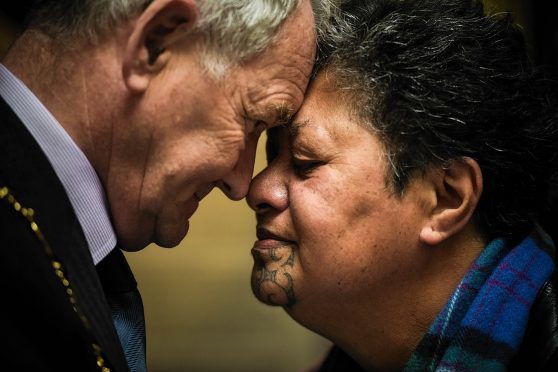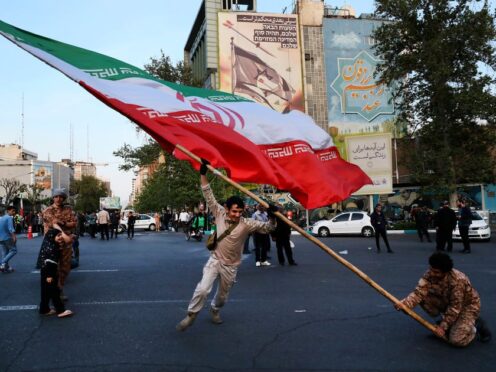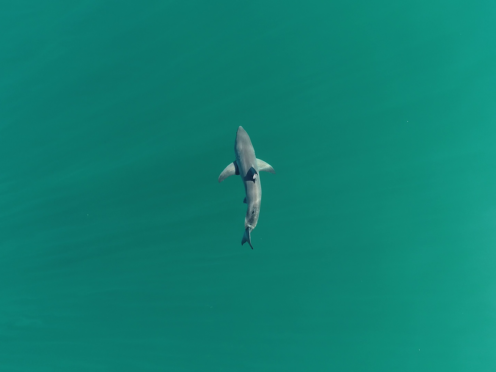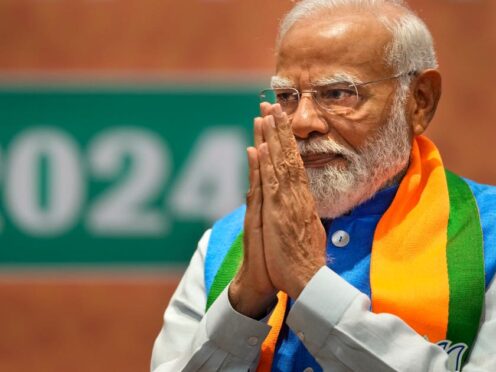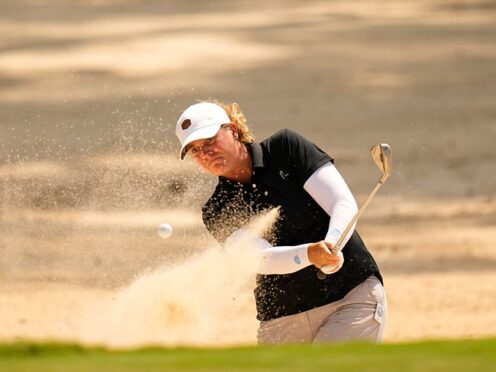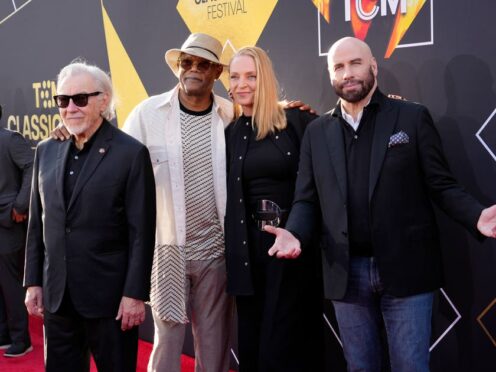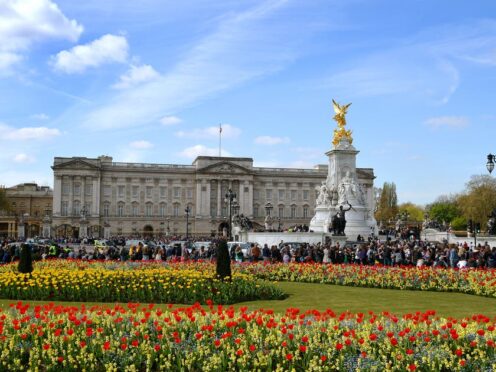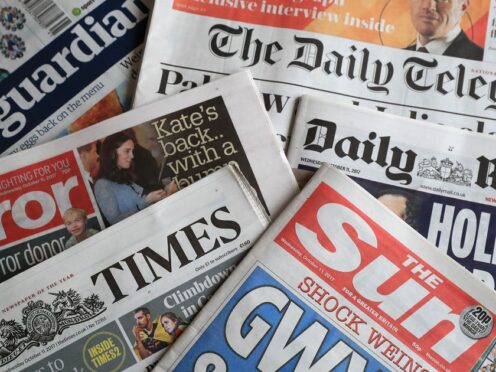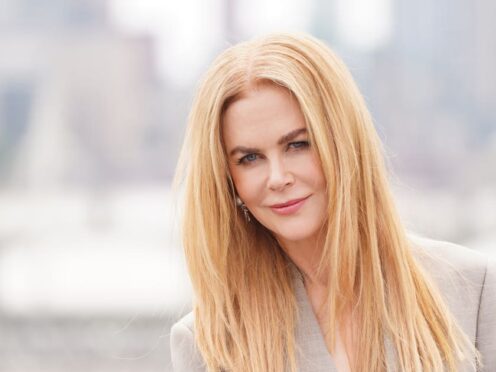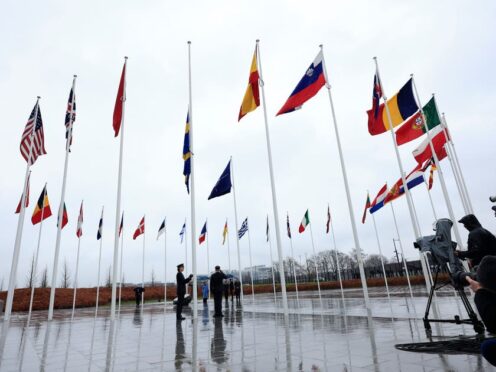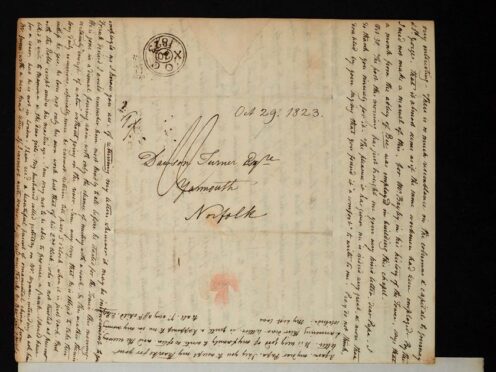Two diverse cultures combined yesterday during a poignant ceremony in a Moray town.
Maori representatives from New Zealand visited Forres’s Falconer Museum to reclaim a skull belonging to one of their ancestors.
The relic has been held there for more than 130 years, and emotions ran high when descendant Hema Temara was finally reunited with it.
Youngsters from the town’s Andersons Primary School welcomed Ms Temara and the Museum of New Zealand’s repatriation manager, Te Herekiekie Herewini, with an upbeat rendition of Mhairi’s Wedding.
Mr Herewini sounded a conch shell to herald the skull’s arrival into the busy foyer.
And the atmosphere grew sombre when it was paraded into the room, as Ms Temara broke down in tears while chanting a mournful call to her ancestors.
The skull was hidden beneath a black cloth, and covered with a white flaxen shroud that Mr Herewini made himself for the occasion.
Moray Council convener Allan Wright pressed his nose against that of Mr Herewini’s, prior to signing forms officially endorsing the repatriation of the skull.
Andersons pupil Fergus Kenyon also pressed noses with Mr Herewini, as he collected books that had been gifted to the school.
The gesture is intended as a sign of respect and goodwill, as the parties “share the breath of life”.
The New Zealand representatives presented Mr Wright with a book on Maori history, and were gifted scarves from the Johnstons of Elgin cashmere plant in return.
The visitors performed another ceremonial chant, directly addressing the ancient skull, before carrying it from the museum.
Local youngsters paid tribute to their guests by singing some traditional Maori songs as the event concluded.
Mr Herewini said the ceremony had been “heartwarming”.
He said: “This can be an example for other museums across the world, so that one day all of our indigenous ancestors can be returned home.”
Ms Temara arrived in Forres on Monday, and promptly went for a swim in the River Findhorn – a ritual she described as “belonging to her ancestors”.
She added: “It was a way of joining my history with that of the people here.
“I may be the first Maori to ever dunk in that Coca-Cola coloured river.”
Since 2003, 360 Maori remains have been repatriated to New Zealand from across the world.
Mr Wright said returning the artefact was “the right thing to do”.
He added: “There will be a similar ceremony when it is returned to New Zealand’s national museum.
“It will acknowledge the homecoming, and there will be tears as well as cheers.”
Mysterious goings-on
The Falconer Museum in Forres has experienced some mysterious goings-on since the ancient Maori skull was unearthed and readied for repatriation.
Staff at the venue say that a jawbone, believed to belong to the remains, was uncovered just as it was about to return to its homeland.
The venue’s project development officer, Anne Owen, said her colleagues had been learning about Pacific artefacts in preparation for yesterday’s ceremony.
She said: “We learned that we were supposed to acknowledge the skull’s presence, and say hello and goodbye to it every day before repatriation.
“For years we thought we only had the upper part of the object and it has been like that for decades.
“But about two weeks ago, when we told the skull it was going home, a strange thing happened.
“We were sorting through an old box of bones, when one of our volunteers noticed a human jawbone – which fit perfectly on the skull.”
Three archaeologists have since been to examine the relic, and all agree that it appears to have originally belonged to the Maori remain.
Mrs Owens added: “There’s still some research to take place to confirm that, but we think it’s like the skull wanted to be back together for going home.”
